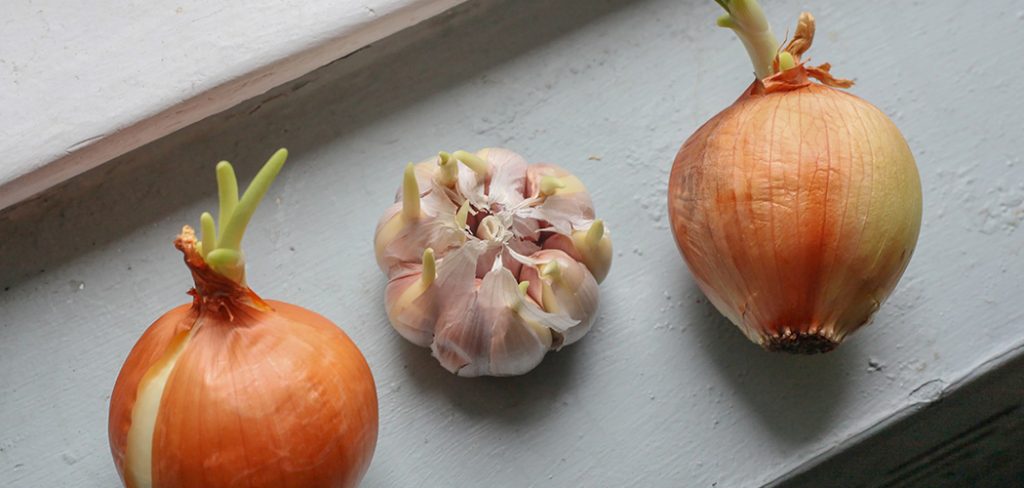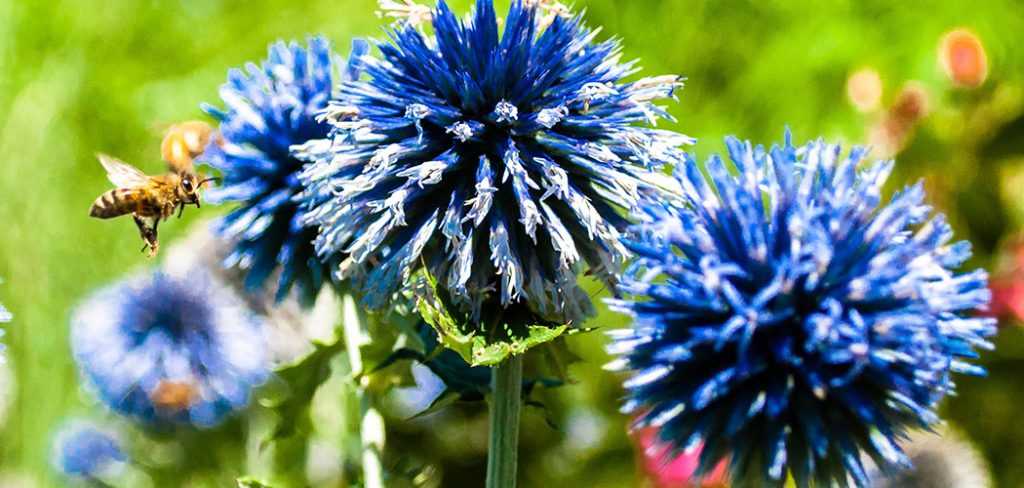Looking for a companion plants for kale? Did you know that kale used to be called ‘peasant’s cabbage’? It belongs to the same family as cabbage, broccoli, cauliflower, and brussels sprouts. It’s also really healthy for you, but too much of it can also harm your body.
Did you know that cucumber helps remove cellulite? It firms up the outer layer of the skin which significantly reduce the visibility off cellulite. Also, cucumber is much more effective than your afternoon coffee in waking you up and have you feeling refreshed for hours until your day ends.
Did you know that March 26 is National Spinach Day? Popeye must have had such a great impact for the spinach to have its own day! The best thing about it is that it’s low in calories but high in nutrients, especially iron.
Did you know that these are all good companion plants for each other? In the meantime, here are the good and bad companion plants for kale, cucumber, and spinach.
Kale Companion Plants: What To and What Not To Plant with Kale
Cilantro is one of the herbs that go really well with kale. It attracts insects that prey on pests which harm kale plants. Dill is also a good herb to plant with kale. It attracts pollinators to help kale grow better, and also insects that prey on pests. This is especially important for kale seedlings as they tend to be tender and susceptible to damages caused by pests.
All kinds of legumes are beneficial companion plants for kale. It generally increases nitrogen in the soil. Legumes such as pole or bush beans also help kale grow better and have more flavor.
Lastly, buckwheat is another good companion plant for kale. It serves as a ground cover to lock in the moisture in the soil and preventing weeds from disturbing your kale. Buckwheat also attracts insects that have the ability to add nitrogen to the soil.
Generally, there’s a short list of what not to plant with kale. These include members of the same family like cabbage, broccoli, brussels sprouts, and cauliflower. Planting these together is not advised as they can be susceptible to the same diseases and pests. If they’re close together, diseases and pests could easily transfer between them and ruin your garden quickly.
Sunflowers are also bad companion plants for kale, especially when you’re starting kale from seeds. Sunflowers disrupt the seed germination process of kale and doesn’t even give it a chance to mature into seedlings.
Cucumber Companion Plants: The Good and the Bad
Peas, beans, and other legumes are all good cucumber companion plants. These plants add nitrogen to the soil by absorbing the sugar and turning it into nitrogen for other plants to benefit from.
Flowers such as marigolds, nasturtiums, and sunflowers also make good companion plants for cucumbers. They repel insects and pests that prove to be harmful to cucumbers.
Oregano and dill are some of the herbs that are beneficial to cucumbers. They also repel insects and pests that feed on cucumbers.
Like all else, cucumbers also have ‘enemies’ – plants that cannot be placed beside or near them as it would only bring harm to one or both plants.
Potatoes are bad cucumber companion plants. Planting potatoes and cucumbers together only make them fight for space, nutrients, and water. As a result, they both get harmed and may possibly have stunted growth due to lack of nutrients.
Weirdly though, tomatoes, which come from the same family as potatoes, don’t have this effect on cucumbers.
Another bad companion plant for cucumbers is sage. Because of their aromatic scent, they seem to attract pests that feed on the leaves of the cucumber.
Beneficial and Harmful Companion Plants for Spinach
Radishes are good companion plants for spinach. They can trap leaf-mining insects that greatly harm spinach. While these insects also do some damage to radishes, they recover easily because they mature fast.
Garlic is also a good companion plant for spinach as it repels insects and pests that may feed on spinach. It also produces sulfur, which helps to prevent diseases from catching on to spinach. Planting garlic and spinach together allows the sulfur from garlic and the saponin from spinach to come together and make for good protection in their plant bed.
Peas and spinach are a good combination in the sense that they save time and space in the garden. Peas get nitrogen from the air and brings it to the soil, which helps spinach grow better, even without fertilizer or compost. Also, spinach helps peas produce more yields. Planting spinach and peas together brings benefit to both plants.
If you’re running low on garden space, try planting spinach with plants from the cabbage family. These allow you to plant different crops close together without them having to fight for space or nutrients.
One thing to avoid planting with spinach is fennel, as it eliminates soil nutrients so that there are no competing plants near it. Fennel doesn’t go well with most plants and are best grown alone where it can thrive on its own.
Spinach, like cucumbers, also doesn’t do well with potatoes. Potatoes tend to be invasive in terms of space and nutrients, so tender plants like spinach shouldn’t be placed alongside or near potatoes.
Conclusion
Now that you know the good and bad companion plants for kale, cucumber, and spinach, you’re ready to take on the challenge of growing them in your garden along with other crops.
Having these plants always ready for harvest in your garden allows you to live a much healthier lifestyle. Seeing them in your garden reminds you to eat your greens, as well as come up with new dish varieties for your crops all year round.
Having plants in general also helps improve your overall mood and well-being. While we’re all still stuck in quarantine, maybe it would be a good time to pick up a new skill in gardening. It’s indeed becoming a bigger trend to be taking care of and raising various plants in the comfort of your home, whether you have a yard or not. Try it out sometime, and maybe you’ll end up finding a very fulfilling and rewarding hobby that’s not only healthy but also practical for your everyday kitchen needs. Happy gardening!
Read my other post on growing Cauliflowers and Brussels sprouts on your backyard.

